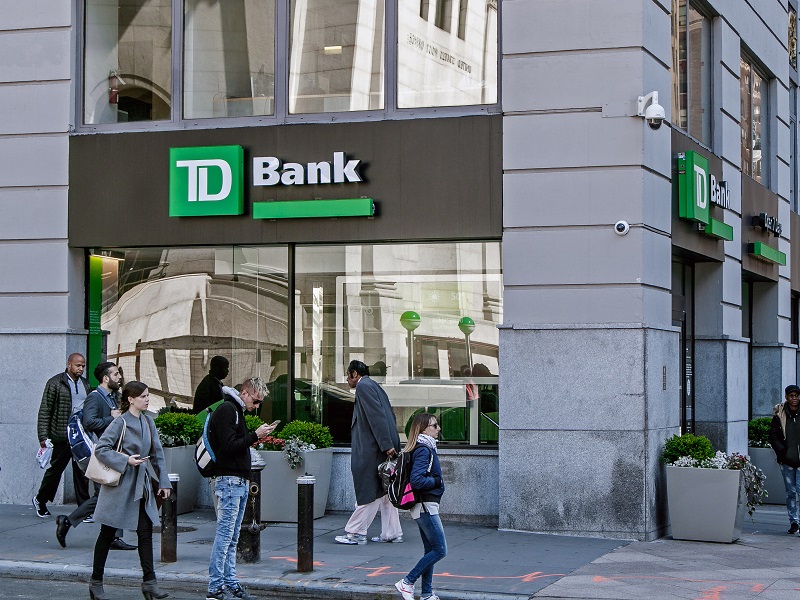
TD Bank Group has identified where its deficiencies in anti-money laundering oversight are and is working to address them, said chief executive Bharat Masrani.
“This is a priority for the bank, and we take our responsibility seriously to live up to our high standards. We will continue to mobilize the required resources to strengthen our capabilities,” he said on a first-quarter earnings conference call Thursday.
The bank is accelerating investments in its risk and control environment and has hired hundreds of colleagues in these areas over the past two quarters, said Masrani.
“In short, we know what the [anti-money laundering] issue is, and we are making progress in fixing it every day. I look forward to providing further updates as soon as I can.”
The bank disclosed last August that it expects U.S. regulators to impose penalties related to the bank’s anti-money laundering compliance program. It said at the time that it was co-operating with investigators, including from the U.S. Department of Justice.
There have also been media reports that issues with its anti-money laundering program are a key reason why it had to abandon its US$13.4-billion takeover of U.S.-based First Horizon.
TD’s ramp-up of compliance measures come as Canadian authorities are also increasing scrutiny of banks on the issue.
The Financial Transactions and Reports Analysis Centre of Canada announced in December that it had levied a $7.4-million penalty against RBC and a $1.3-million penalty against CIBC for non-compliance with anti-money laundering and terrorist financing measures. TD is also preparing to face a sizable fine from Fintrac, according to a report from the Globe and Mail.
Peter Routledge, who leads the Office of the Superintendent of Financial Institutions, also said in January that the banking regulator is ramping up scrutiny of money laundering in the financial sector as risks increase.
TD is ramping up hundreds of millions of dollars of annual spending to address its shortcomings.
Much of the bank’s expected savings from a restructuring, which included cutting about 3% of staff, will likely end up going to the fix, said chief financial officer Kelvin Tran on the call.
“The savings that are coming out of this restructuring program — we expect savings of $400 million in 2024 and $600 million in ’25 on an annualized basis — I would say the bulk of that would be reinvested in risk and control.”
The restructuring efforts themselves cost the bank about $291 million in its first quarter.
Overall, the bank reported a first-quarter profit of $2.82 billion, up from $1.58 billion a year earlier, as its revenue also climbed higher.
The bank said the profit amounted to $1.55 per diluted share for the quarter ended Jan. 31, up from a profit of 82 cents per diluted share in the same quarter last year.
Revenue totalled $13.71 billion, up from $12.20 billion.
TD’s provisions for credit losses for the quarter amounted to $1 billion, up from $690 million a year earlier.
On an adjusted basis, TD says it earned $2.00 per diluted share, down from an adjusted profit of $2.23 per diluted share in its first quarter last year.
Analysts on average had expected a profit of $1.89 per share, according to estimates compiled by financial markets data firm Refinitiv.